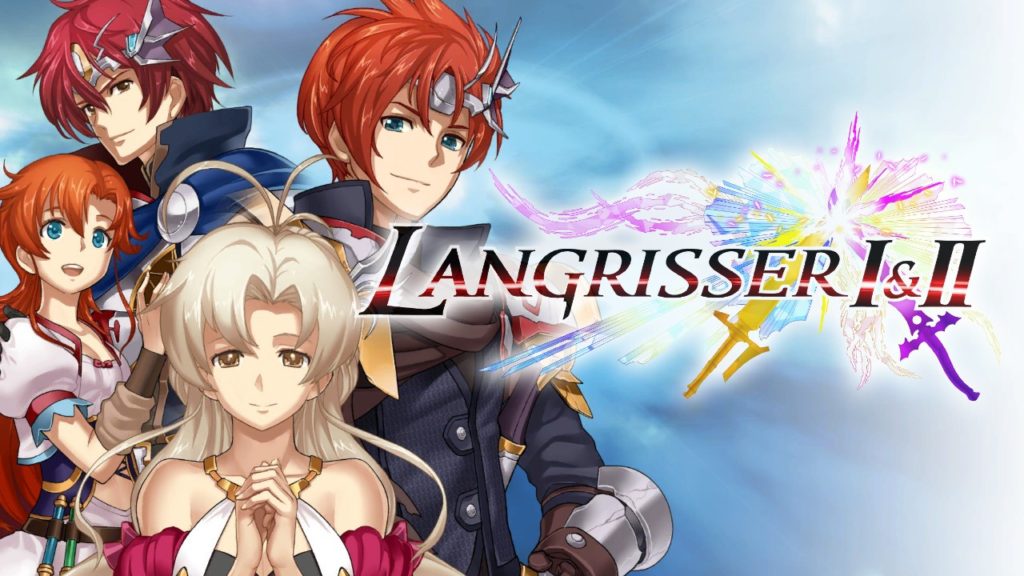
I’ve been a fan of Langrisser since before I knew what it was. I bought a copy of Warsong way back in the early 90s and I never looked back. For the uninitiated, Langrisser I was released as Warsong for the Sega Genesis when it was localized. It’s always been one of my top three go to tactical strategy games and when I heard NIS America was localizing the remaster of Langrisser I & II by Chara-Ani , I practically squealed with joy! On top of bringing a remastered Langrisser I, NIS was finally releasing an official English translation of Langrisser II for the very first time! Considering us strategy fanboys have been making due with hacked Japanese ROMs on customized carts with fan translations for almost two decades, it’s a pretty big deal to finally see Langrisser II reach these shores!
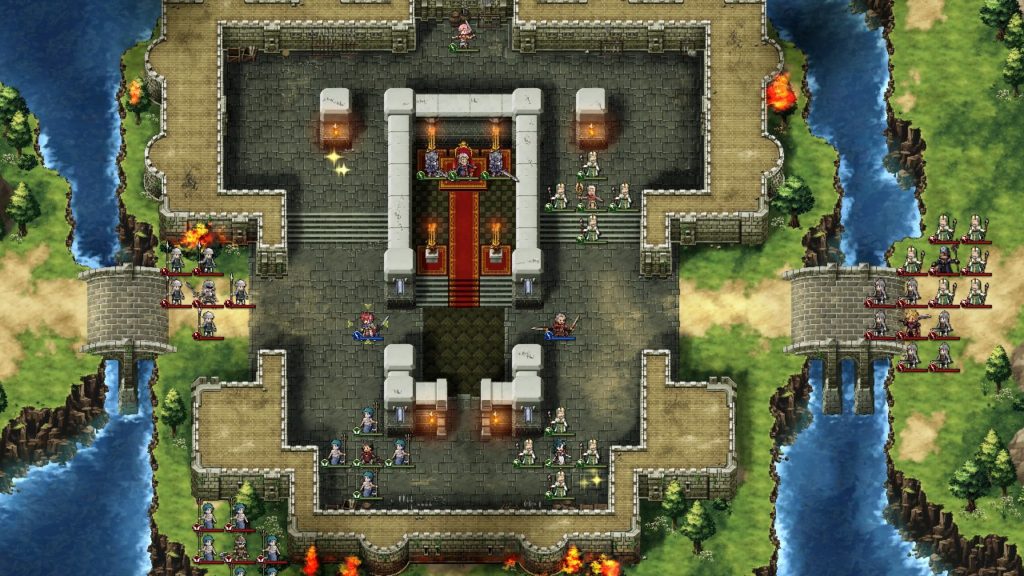
Anyway, if you haven’t figured it out by now, the Langrisser series is a venerated series of tactical strategy games created by Masaya and consisting of seven games, of which only two were ever previously translated into English. They’re challenging, complex, and incredibly immersive, and the stories are solid (at least the ones I’ve been able to play). They consist of a square grid-based game field, and turn-based gameplay, generally involving complex tactics, terrain effects, troop strengths and weaknesses, and excellent artwork.
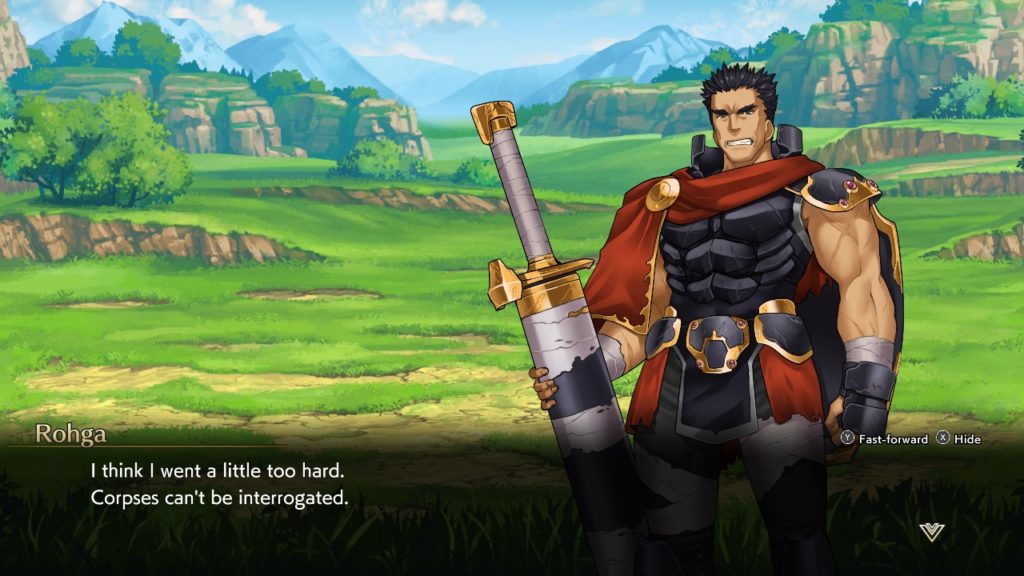
Seeing as NIS has finally released Langrisser I & II for the Switch and PS4, let’s take a closer look at the mechanics of gameplay. Keep in mind that Langrisser I and Langrisser II are all but identical in terms of actual gameplay, technical elements, and even graphics, so there’s no need to differentiate them here. I’ll also avoid the excellent medieval fantasy storylines simply because it’s better to enjoy them without spoilers.
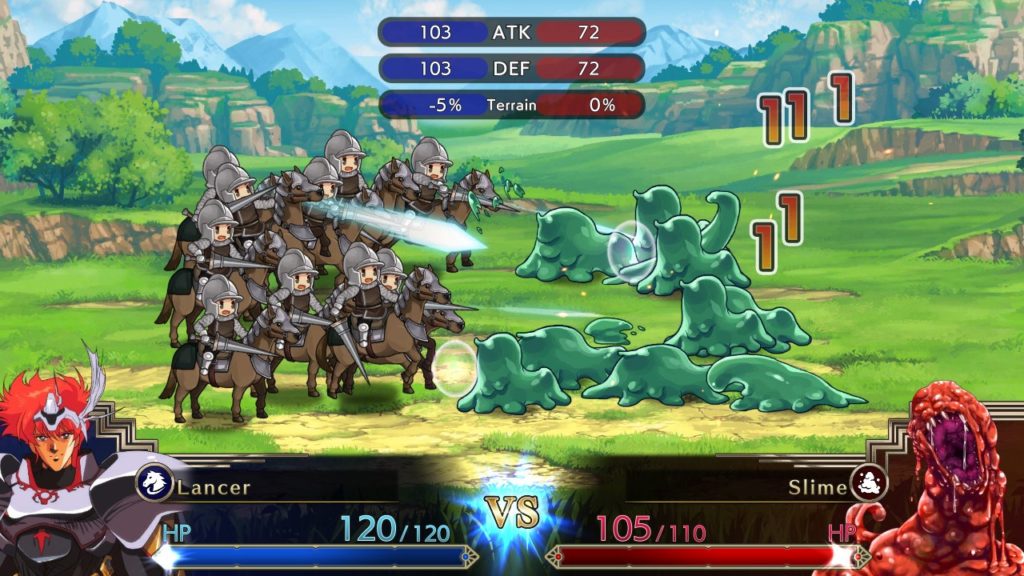
The first thing to remember about Langrisser is that unlike Fire Emblem, there’s no perma-death. If you lose a major party member during the course of the battle, don’t worry, they’ll be back. Of course, if you lose anyone that the winning conditions warn you not to, it’s game over, so pay attention! You anywhere from two to six commanders in most battles and each commander hires mercenaries of various sorts to fight for them. Depending on their rank and promotion path, commanders can hire anywhere from two to six or more mercenaries and use them in battle. In the early stages, mostly you can only hire four mercenaries per commander, but that varies as gameplay proceeds. You also determine the placement of each commander from a selection of presets. Every choice makes a difference in the way battle plays out, so pay attention!
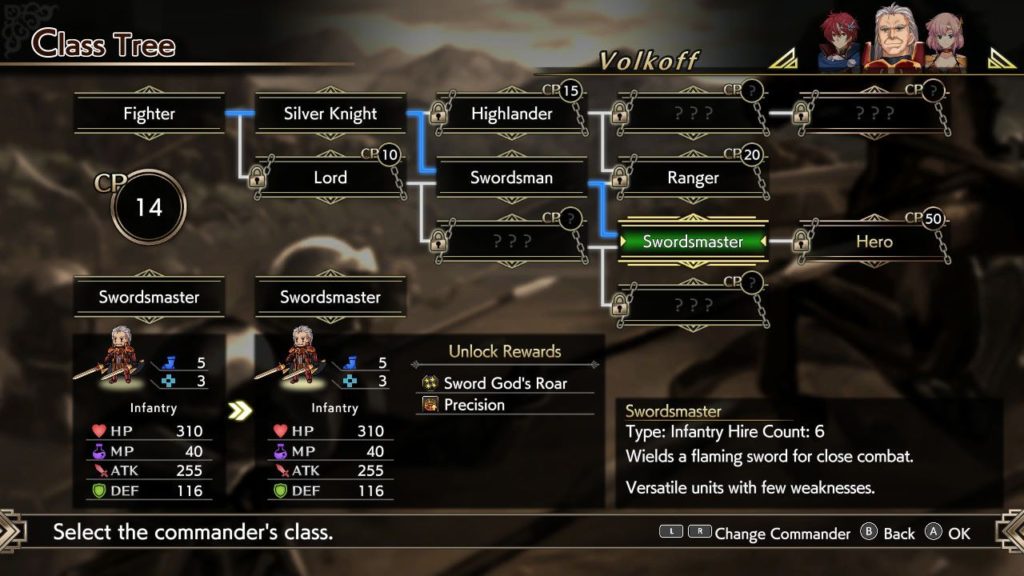
Once combat begins you start your attack. Like most tactical games, you have a movement range, attack percentages, and terrain effects. Langrisser was one of the first titles to incorporate many of these mechanics, so even though they might seem derivative, this is where it all started in the first place. Combat proceeds and if you choose to leave it enabled, there are combat animations with 10 on 10 battles and an assortment of fireballs and power attacks thrown by various enemies. Once you’ve beaten your first battle, you’ll have the option to buy and or equip scavenged weapons, armor, and items. This is a big change from the original games, as you were only allowed one item total previously. Now you can carry a weapon, wear a piece of armor, and carry an item, as well as changing equipped special abilities that give modifiers to combat.
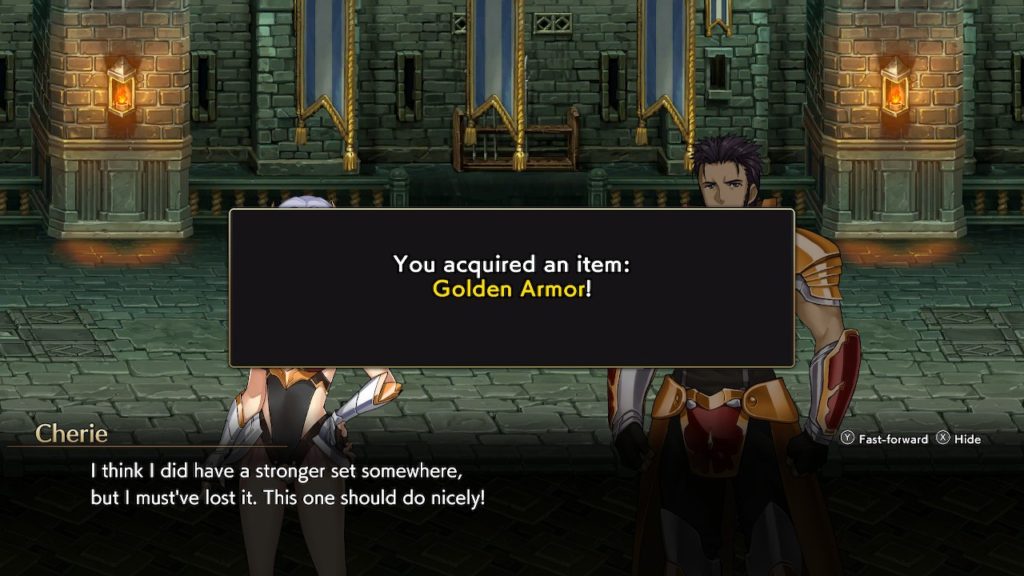
Enemy commanders tend to surround themselves with troops, forcing you to fight your way past their underlings to do damage to them. Kill a commander and all their troops are routed as well, but beware, as you’ll lose out on a lot of well-needed experience by going straight for a kill! Strategically wiping out a commander’s troops first nets you significantly more experience and therefore more command points faster, allowing you to promote your commanders and become more powerful. Push too far too fast and ignore the smaller enemies and you might find yourself underpowered in the next battle. It’s a fine balance to maintain, as some battles require speed as well as finesse and you’ll lose out if you’re not careful.
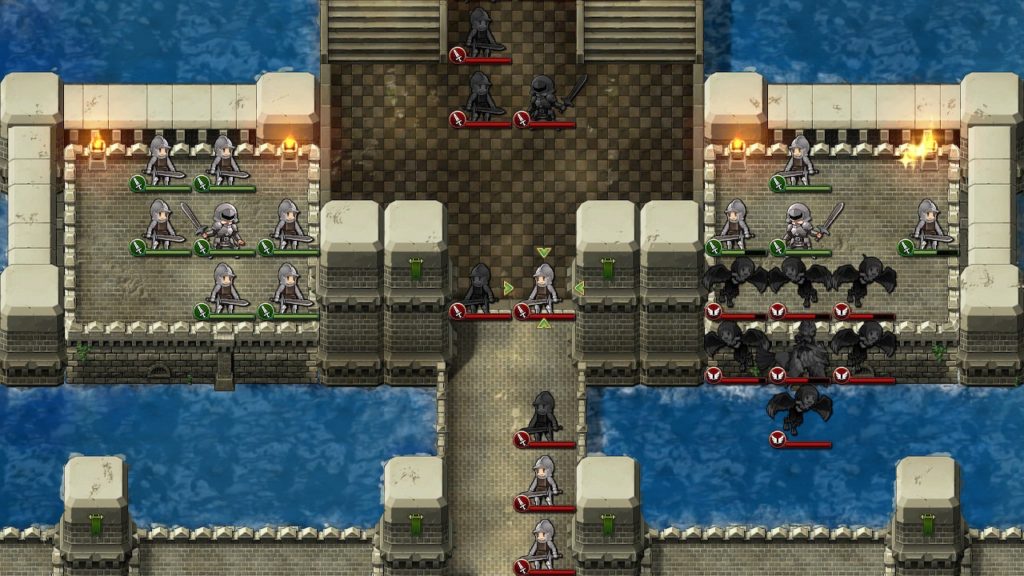
Once you complete a mission’s requirements, you complete the scenario and move on to the next chapter. Between battles, you resupply and equip new items. Langrisser I & II has added a new easier mode that gives you essentially unlimited money in the beginning of the game, lessening the difficulty of maintaining a competitive edge through item purchasing. The combat strategy isn’t any easier, but you’re not forced to depend upon the pittance of money and items you find on the battlefield. It makes a big difference!
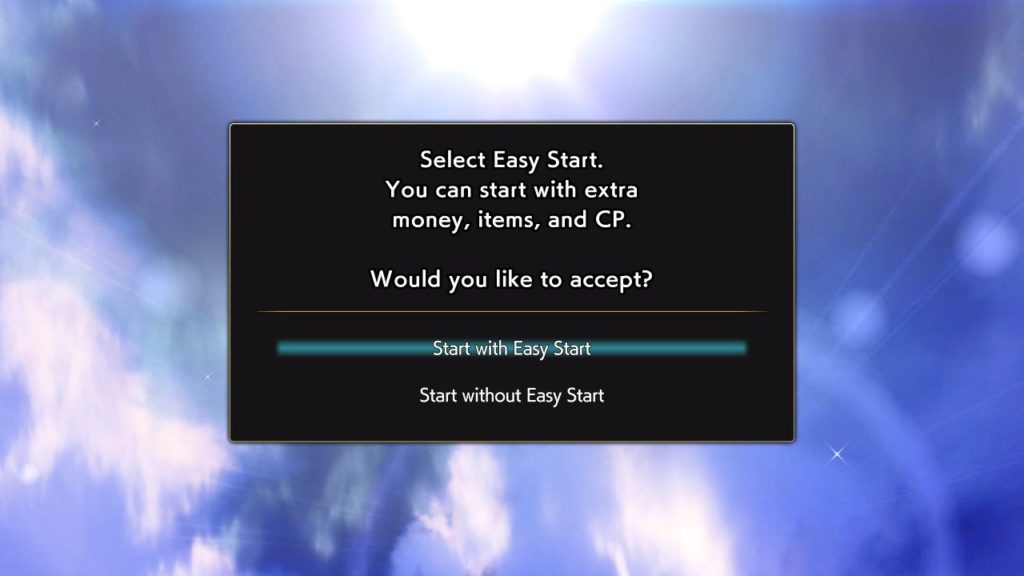
What I was really curious about as soon as I heard about this remaster was what the differences were from the original Genesis release. Turns out they’re pretty substantial overall, and some of the choices were, at best, questionable. Let’s get down to it. The biggest change for Langrisser I & II is in the graphics. Graphics have been completely redone for this release and it’s significant. Gone is the 16-bit style presentation, replaced by artwork that resembles what I’d expect from a Flash game more than anything else. Grids are no longer visually delineated clearly, instead presenting a more organic look. It’s odd to get used to but it flows better overall. The artwork has changed drastically, softening and modernizing all the characters, but also making the women noticeably more risque in the process. Certainly an odd choice. NIS has included an option to switch to original graphics, which still doesn’t look like the original Genesis release, but simply consists of 16-bit battlefield backgrounds. Characters still look the same but the background is drab and ugly, making for a jarring dissonance. I immediately switched back to the remastered graphics.
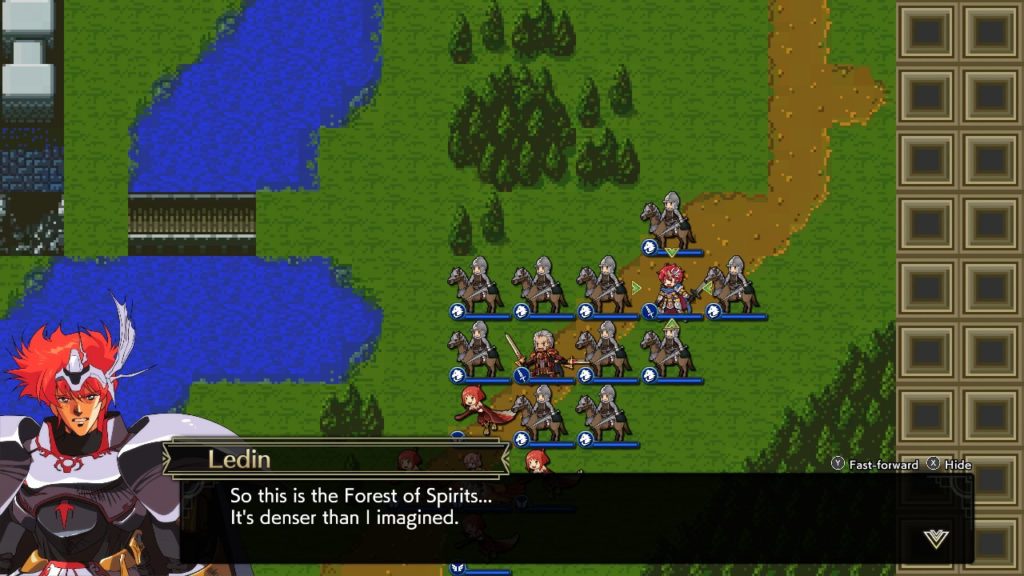
Unfortunately, one of the things that was altered significantly was combat animation. The original Langrisser had one of the best combat animations in any strategy game. Two groups of 10 tiny soldiers would run at each other and physically fight it out! As they did damage, they’d actually get knocked back into the air, falling dead on the ground with a little scream and then flickering out. The combat looked real and chaotic and every battle was an entertaining clash. The remaster has eliminated that animation in both original and remastered settings, choosing instead to replace it with a semi-static combat where the two groups fight but never make actual contact. They just swing at each other and fade out when killed, all while slashing over and over and having attacks appear on the other side of the screen disconnected from the attacker. It’s far less personal and noticeably less interesting.
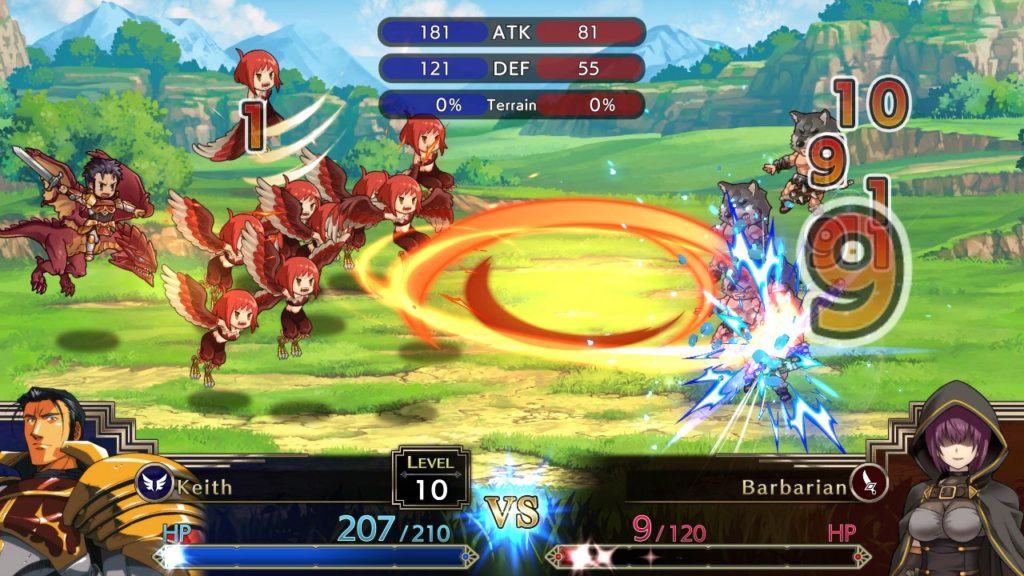
Aside from the combat animation, there are numerous technical changes to the game. I’ve already mentioned the mercenary counts, but what I didn’t mention is that in the original game, every commander could hire up to eight mercenaries every battle (assuming you had the funds). With this decrease in mercenaries comes a shift in combat strategy as troops are significantly more valuable and cannot be used as fodder as easily. It’s a bit of a challenge to learn this, especially if you’ve been playing the series for over 25 years. As stated before, there are also significantly more items to equip, which makes a big difference as well. If you’re smart about items and combat, you can gain levels quickly, and simply roll through stages with little effort. I actually tried an experiment and attempted to complete one early scenario without promoting any commanders and I got obliterated though. Ignoring promotions and not equipping weapons and armor will get you killed fast in Langrisser with no hope of success.

In addition to the graphics overhaul and the combat changes, this remaster also has a completely new soundtrack. It’s good, but it’s not as good as the original chiptune ones on the Genesis. Fortunately, Chara-Ani saw fit to include the option to switch to the original soundtracks as well, which makes a huge difference, especially if you’re a fanboy from way back! Other than graphics options and music options however, this is a pretty bare-bones re-release. There’s no 16-bit mode to switch to, no notable automation (other than dialogue), and you can’t change graphics or sound on the fly, instead being forced to leave the game to return to the title menu to make changes. No history or background of the Langrisser world is included, and there’s no art gallery or anything else extra included with the game. It’s a tiny bit disappointing that more care wasn’t given to extras, but honestly, the game is so fun that it doesn’t really matter and likely that’s what NIS was counting on.
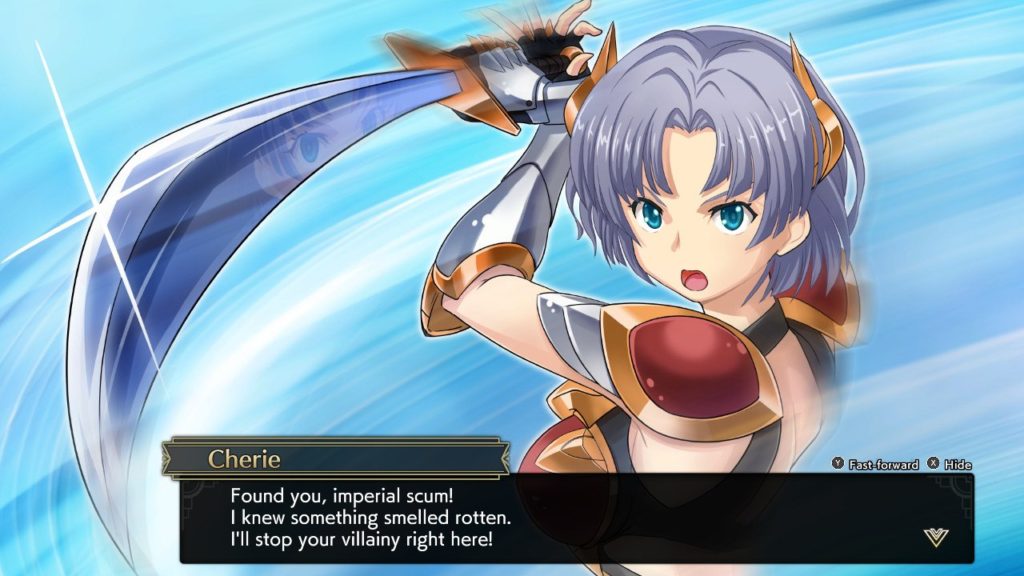
There’s really only one negative in Langrisser I & II and that’s the load times. For some reason, initial boot up takes a surprisingly long time, as does loading a saved game. Load times in general were about triple what I expected, and considering that the graphics don’t look like they’re anything too resource-hungry, it’s a bit confusing. Perhaps it’s an optimization issue, but there’s no way to tell as of the writing of this article. It’s just enough to be irritating, but not enough to spoil the game, as it’s simply fantastic. Just be prepared to wait here and there, and you’ll be fine.
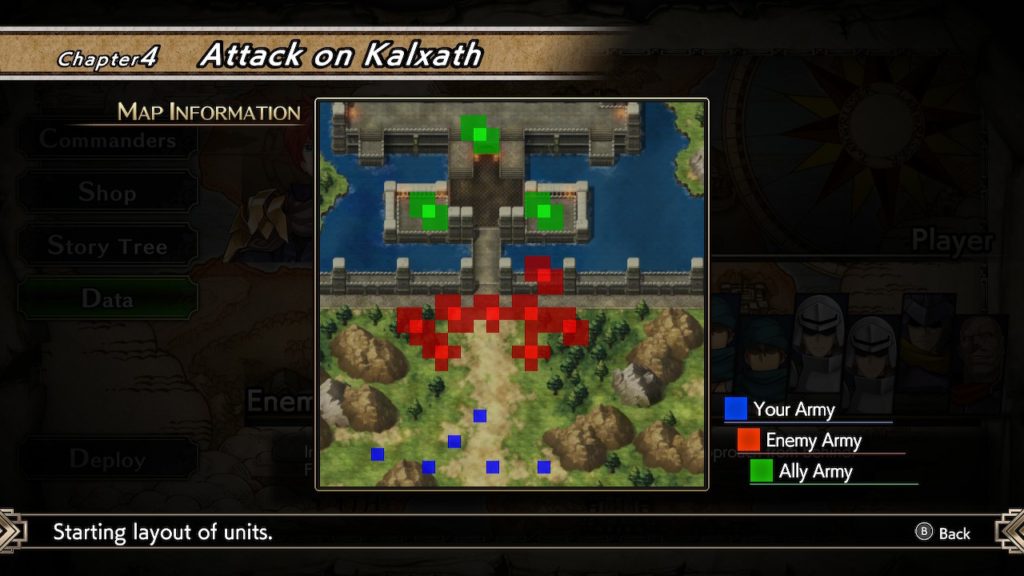
Langrisser I & II manages to deliver an updated strategy game that, while changing some of the fundamentals, creates a tactical experience that will challenge most players. It’s solid and well-designed, and the changes are balanced out carefully to make sure that the game’s difficulty is approachable but not too easy. At around 30-60 minutes per scenario (assuming you aren’t skipping any dialogue and don’t just sit there staring at your troops indecisively), you’re getting a ton of gameplay out of both games, making this pair a hell of a bargain at only $50. This is easily a must-buy title for the Switch if you have even the slightest interest in tactical strategy games. Don’t hesitate to pull the trigger on Langrisser I & II because NIS has outdone themselves again!
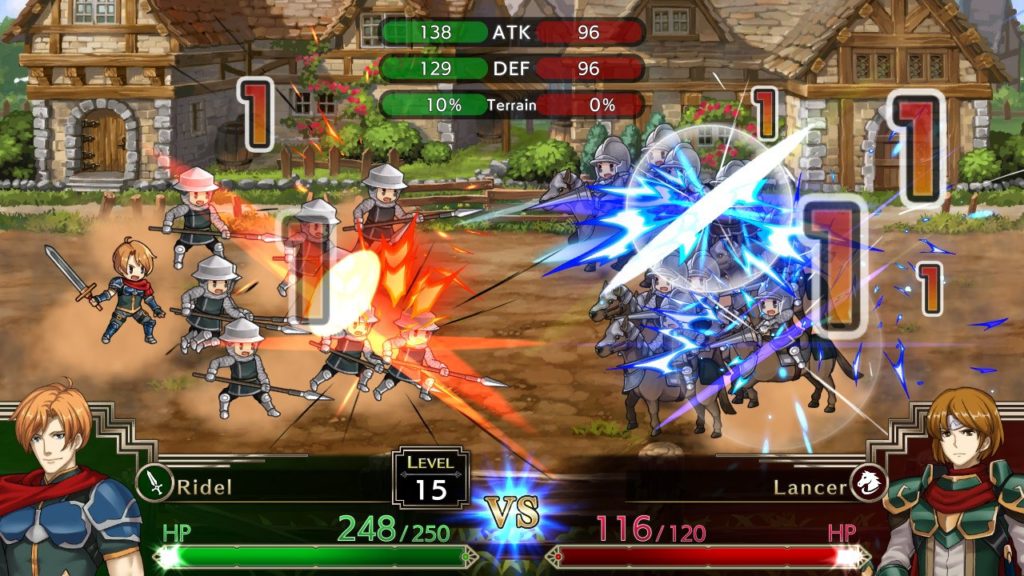
This review was based on a digital copy of Langrisser I & II provided by the publisher. It was played on a Nintendo Switch in both docked and undocked modes and plays equally well in both. In fact, it’s an absolute treat to be able to play a modernized Langrisser on the go in undocked mode and I actually enjoyed it more than on the big screen. Langrisser I & II is also available for the PS4 and the PC on Steam!
In addition, we would like to add that there is an active Sega retrogaming Facebook community group you can join at https://www.facebook.com/groups/segaretrogamers/
For more, visit Retro Gamers Hub (www.retrogamershub.com) for their extensive collection of retrogaming interest groups to choose from.

